The Supreme Court is hearing a case on Wednesday whose outcome could cause congressional seats throughout the country to flip from blue to red.
The case, a challenge to Louisiana’s congressional map, is a battle over whether states can use race as a factor in drawing electoral districts. But it could have much broader implications for the law, politics, and the remaining pillar of the Voting Rights Act of 1965.
The dispute centers on whether Louisiana lawmakers ran afoul of the Constitution when they adopted a new electoral map in 2024, creating the state’s second majority-Black district. If the justices decide that lawmakers cannot consider race in drafting maps, redistricting could follow.
During the argument, Justice Brett M. Kavanaugh suggested that aspects of the 60-year-old Voting Rights Act might have an implicit sunset date. He is part of the court’s conservative supermajority.
Here’s what else to know:
Voting Rights Act’s impact: The 1965 law was adopted in response to discriminatory practices in southern states, but it has had effects nationwide. The part at issue, Section 2, has been used across the country, largely in cases in which people have claimed that they were discriminated against in voting laws or maps and that their voting power as members of minority communities was diluted.
Three groups of voters: This case reaches back to the 2020 census, which showed Black voters made up a third of the state. Lawmakers revisited the congressional map but maintained one majority Black district, out of the state’s six. Two groups of Black voters sued, arguing the map violated the Voting Rights Act. After another map was proposed including a second majority-Black district, a dozen white voters sued, arguing it was an illegal racial gerrymander.
Revisiting the case: The justices heard arguments in this case last spring, but instead of issuing a decision, they scheduled a new argument this term. Rearguments of a Supreme Court case are rare, and a characteristic move of the court led by Chief Justice John G. Roberts Jr., one that has often paved the way for major legal changes.
Repeated skepticism: The Voting Rights Act has faced legal challenges, and skepticism from the Supreme Court, since it was signed into law by President Lyndon B. Johnson in 1965. In 2013, the court struck down the heart of the law.
Image
When the federal courts ordered Louisiana to redraw its congressional map, lawmakers balked. Gov. Jeff Landry had defended the map, and Speaker Mike Johnson warned against “the unnecessary surrender of a Republican seat.”
But ultimately, the Republican supermajority in the Legislature decided it would rather have a say than let a court or independent special master draw the map. And when they convened last January, State Representative Glen Womack, the Republican who helped shepherd the map into law, said “politics drove this map,” not race.
Representative Troy Carter, from reliably Democratic New Orleans, would see his seat in the state’s existing majority-Black district remain largely intact, retaining about 51 percent of Black voters. But the court order meant drawing a district that would have one Republican face more Black voters who historically have supported the Democratic Party.
Left intact were two districts that belonged to the two most powerful men in the House of Representatives: Mr. Johnson, a Republican from the northwestern corner of the state, and Representative Steve Scalise, the majority leader. Representative Julia Letlow, the only woman representing Louisiana in the House and a lawmaker on the House Appropriations Committee, also maintained a district she could safely win as a Republican.
That left an odd construction for the new district now at the center of the Supreme Court case. With its percentage of Black voters now at about 54 percent, the district snakes diagonally from the southeast to the northwest, linking Baton Rouge and Shreveport.
Representative Garret Graves, a Republican who had seemed to consider running for governor in 2023 and then endorsed a rival of Mr. Landry’s in the primary, held the seat.
He sarcastically noted “the imaginative creativity” of the map, but later said he would not run for re-election. Cleo Fields, who previously served in Congress under a different map, now holds the seat. He joined Mr. Carter, another Black Democrat, in an otherwise all-white delegation.
Justice Kavanaugh keeps returning to the question of whether there should be a time limit on race-based remedies. Two years ago, the justice signaled in a separate case that there could be an expiration date, arguing that conditions could have changed enough that Section 2 is no longer constitutional.
Janai Nelson, representing the group of Black voters, warns that the impact of striking Section 2 would be “pretty catastrophic,” noting the number of Black officials who have been elected from majority minority districts drawn because of the Voting Rights Act. She says “we only have the diversity we see across the South because of litigation” brought under the key provision of the law.
Justice Sotomayor is asking the NAACP’s lawyer to distinguish this case from the court’s decision rejecting the use of race in college admissions. Two years ago, the justices divided 6 to 3 along ideological lines when they invalidated race-conscious admissions policies at Harvard and the University of North Carolina. In that case, the majority said that racial preferences in college admissions were at odds with the equal protection clause of the 14th Amendment, which requires that all people be treated equally under the law.
Justice Alito focused on another criteria in map drawing: compactness, which means drawing maps that are relatively contained in a geographic area. There is no federal law requiring a legislative district to be geographically compact, but numerous states have adopted their own laws that require geographic continuity to be a factor when drawing maps.
The Gingles factors, set out in a 1986 decision, said that, to succeed, race-based challenges to voting maps must show three things: that the minority group is “sufficiently large and geographically compact to constitute a majority in a single-member district;” that it is “politically cohesive;” and that “the white majority votes sufficiently as a bloc to enable it—in the absence of special circumstances, such as the minority candidate running unopposed— usually to defeat the minority’s preferred candidate.”
Chief Justice John Roberts asked the lawyer for the NAACP Legal Defense Fund about the proper role of race in drawing congressional boundaries. From his time as a young lawyer in the Reagan administration, the chief justice has sought to end any form of racial consideration in government policies. In a 2007 decision rejecting state programs meant to integrate public schools, he wrote: “The way to stop discrimination on the basis of race is to stop discriminating on the basis of race.”
Justice Samuel Alito referred to the court’s 2019 decision in Rucho v. Common Cause in which the justices effectively blessed partisan gerrymandering. Here’s more on that decision.
Nelson referred to districts that are “cracked and packed,” which are two terms often used to describe common gerrymanders in map drawing. “Packed” means drawing a disproportionate number of voters of a certain race into a single district, diluting their overall statewide voice by “packing” them together. “Cracked” means taking a similar community and slicing it up, so that only a fraction of minority voters would reside in each district, diluting their voice.
Two years ago, Nelson says, the court ruled for minority voters in a nearly identical case. Here’s an article on that case, which involved a redrawn election map in Alabama.
Image
Wednesday is a do-over for two of the lawyers appearing before the Supreme Court for the second time in less than a year, on the same matter.
Edward D. Greim, a partner at the Kansas City firm Graves Garrett Greim, is again representing the white voters from Louisiana who challenged the map by arguing that it was racially gerrymandered in violation of the Constitution.
J. Benjamin Aguiñaga, Louisiana’s solicitor general, is also making a repeat appearance on behalf of the state, even though he is no longer defending the disputed map. Mr. Aguiñaga also appeared before the court two years ago, representing Louisiana and Missouri in an unsuccessful effort to restrict the Biden administration’s efforts to get social media companies to flag disinformation.
Hashim M. Mooppan, a principal deputy solicitor general, is arguing in support of Louisiana and white voters, on behalf of the Trump administration. Mr. Mooppan last week appeared before the justices in support of a Christian therapist challenging Colorado’s law that prohibits the counseling of minors to change their sexual orientation or gender identity.
Janai Nelson, a lawyer and the president of the NAACP Legal Defense Fund, is making her debut before the Supreme Court. She will argue on behalf of a group of Black voters defending the Louisiana map that includes two majority Black districts, and for voting rights protections more broadly.
Up first is Janai Nelson, president of the NAACP Legal Defense Fund, who is appearing for the first time before the court. She is arguing on behalf of a group of Black voters defending Louisiana’s map.
Justice Clarence Thomas, the most senior justice, asks the first question, as is typical.
Image
On the last day of the Supreme Court term in June, the justices announced that they would not immediately decide a voting rights case from Louisiana that had been argued in March. Instead, in an unsigned order, the court said it would hear a second argument on the same case in the fall.
Such rearguments are rare, and they can signal that the court is about to convert a routine case into a blockbuster. In 2009, for instance, the court called for a second argument in the Citizens United campaign finance case, turning a minor and quirky case about a movie few had seen into a judicial landmark.
Civil rights lawyers’ worries about the Louisiana case turned into alarm in August, when the court instructed the parties to file supplemental briefs on whether Louisiana’s “intentional creation of a second majority-minority congressional district violates the 14th or 15th Amendments to the U.S. Constitution.”
The question can be read in several ways. But it certainly suggested that the court may consider holding that a main provision of the Voting Rights Act of 1965 is unconstitutional.
Ordering reargument or otherwise returning to a subject after an initial encounter is a characteristic move of the court led by Chief Justice John G. Roberts Jr., one that has often paved the way for legal upheaval.
In a pair of articles, Richard M. Re, currently a law professor at Harvard, called this the “doctrine of one last chance.” Before the justices take a major step, he said, they give signals that offer the affected parties and the nation time to respond, prepare and adjust.
“For example,” he wrote in 2014 in The Green Bag, a legal journal, “the Roberts court initially ducked constitutional challenges to central pillars of the Bipartisan Campaign Reform Act and the Voting Rights Act. But when those measures came before the court for a second time, they were both struck down as unconstitutional, despite their importance and bipartisan support.”
In a follow-up article in The U.C.L.A. Law Review in 2019, he said the Roberts court had executed a similar two-step in 2018 in overruling a precedent about public unions. The precedent had been severely criticized in earlier decisions, but the court had stopped short of overruling it.
As a result, Professor Re wrote, the 2018 ruling “managed to be both widely predicted and revolutionary.”
Former Attorney General Eric Holder, who has supported voting rights litigation in recent years, issued a statement this morning calling on the court to uphold the Louisiana map. He noted that two years ago, the court upheld Section 2 of the Voting Rights Act, essentially its core remaining tenet.
“Any decision that comes short of reaffirming that precedent — established by the very same justices — could shatter Americans’ faith in the judicial system,” Holder said.
From left, Representative Shomari Figures, Democrat of Alabama, and Representative Cleo Fields, Democrat of Louisiana.Wes Frazer for The New York Times; Jemal Countess/Getty Images for Legal Defense Fund
In June 2023, after years of chipping away at the Voting Rights Act of 1965, the Supreme Court stunned many election-law experts and legal watchers when it upheld the law’s core remaining tenet and ordered Alabama to draw a new congressional map.
The decision had a ripple effect across the South, where several other challenges to voting maps were proceeding. As a result, the next election saw two new congressional maps and two new Black representatives from the South joining Congress: Shomari Figures of Alabama and Cleo Fields of Louisiana.
Both men are Democrats and flipped their respective seats. Both seats were also previously held by white men in two Southern states where at least a quarter of the population is Black.
Should the Supreme Court further gut the landmark civil rights law with its decision expected in the Louisiana case next year, those districts could be redrawn again, especially as Republicans look to boost their razor-thin majority in the House.
With Mr. Figures joining Representative Terri Sewell, the 119th Congress became the first in history in which Alabama was represented by two Black lawmakers. Mr. Figures has worked to build on the legacy of his father, a renowned civil rights lawyer, and his mother, Vivian Davis Figures, who has served in the State Senate for nearly 30 years.
Mr. Fields had walked the halls of Congress before on behalf of Louisiana voters, serving from 1993 to 1997. But a court then ordered the congressional map to be redrawn, eliminating his district.
Last year, after Republicans convened under court order to redraw the map, Mr. Fields, a state senator at the time, was able to successfully overcome a crowded primary field and return to Capitol Hill.
Image
The Voting Rights Act grew out of civil rights protests in the South, but the law has had far-reaching consequences across the country, from New York City to Alaska.
Its impact was mainly through Section 5 of the law, which required states with a history of discrimination at the polls to secure approval from the Justice Department before making changes to their voting procedures, a process known as “preclearance.” In a 2013 decision, the Supreme Court effectively ended the requirement. Some places outside of the South had been required to undergo preclearance, including Alaska and Arizona, as well as counties in New York, California, South Dakota and Michigan.
But Section 5 and preclearance are not the only national legacy of the law.
Section 2, at issue on Wednesday, has been used in states across the country, largely in cases in which people have claimed that they were discriminated against in voting laws or maps and that their voting power as members of minority communities was diluted. Between 1982 and 2005, Montana and South Dakota lost or settled more than five cases that hinged on Section 2, according to a New York Times study. New Mexico has lost or settled at least three cases.
A study by researchers at the University of Michigan found that between 1982 and 2021, there were 439 cases based on Section 2 that resulted in published decisions or opinions available on legal websites. About 200 of those cases came from states outside of the South.
“It kind of speaks to the magnitude of the geographic impact that the Voting Rights Act had, because even beyond preclearance, there have been Voting Rights Act suits in lots of other parts of the country,” said Justin Levitt, a law professor and voting rights expert at Loyola Marymount University.
While Section 2 cases have been brought against statewide laws and have been used to challenge the boundaries of congressional districts, the provision is often used more at the local level, such as by city councils, state legislatures and school boards.
In New York in 2017, civil rights groups incorporated Section 2 by arguing that the system of electing members to the school board of the East Ramapo Central School District in diverse Rockland County prevented Black and Latino communities from choosing members of their choice. In 2020, a federal court agreed.
Section 2 claims have been particularly critical for Native American populations. In one case, Turtle Mountain Band of Chippewa Indians v. Michael Howe, the plaintiffs argue that the North Dakota state legislative map diluted the voting power of Native Americans. (The Supreme Court is now considering whether to accept the case, not on the merits of the arguments, but to weigh whether private groups and people — as opposed to the government — can sue under the Voting Rights Act.)
The law has also helped expand voting access. In 2020, the Blackfeet Nation, a reservation in Montana larger than Delaware, successfully brought a Section 2 claim against the state for only having four ballot drop-off locations across the reservation.
Several dozen people were gathered before the steps of the Supreme Court on Wednesday, about an hour before the justices were to hear arguments for a second time on a case challenging Louisiana’s congressional map.
People outside the court were handing out signs ahead of protests scheduled for later in the morning. One handwritten sign read asked the justices to “defend voting rights.”
Image
Image
The Voting Rights Act has faced legal challenges — and skepticism from the Supreme Court — since it was signed into law by President Lyndon B. Johnson in 1965.
In a 1993 case, Shaw v. Reno, the Supreme Court showed skepticism of using race to carve up voting districts. In that case, North Carolina had been forced to redraw its voting map after the 1990 census to include a new district with a majority of Black voters. The new, odd-shaped map wound snakelike through multiple counties. A white voter, Ruth Shaw, sued, claiming it violated the 14th Amendment’s equal protection clause.
The justices sided with Ms. Shaw in a 5-to-4 decision, setting a precedent that race alone could not be the basis for redrawing district lines. That ruling set in motion a series of challenges to other majority-Black districts in Texas, Louisiana, Florida and Georgia.
Justice Sandra Day O’Connor, who wrote the majority opinion, said a district that includes voters of the same race but who are “otherwise widely separated by geographical and political boundaries, and who may have little in common with one another but the color of their skin, bears an uncomfortable resemblance to political apartheid.”
Twenty years later, in 2013, came Shelby County v. Holder, with its fatal blow to the provision of the Voting Rights Act that had required that states like Louisiana and Alabama get preapproval from the Justice Department before changing their election laws.
By then, Chief Justice John G. Roberts Jr. had joined the court. His skepticism of the Voting Rights Act dated at least as far back as his time as a young lawyer in the Reagan Justice Department, when, as a special assistant to the attorney general, he wrote a series of memos that later became public aggressively pushing back on a bipartisan proposal to shore up the expiring Voting Rights Act.
In 2021, in Brnovich v. Democratic National Committee, the justices agreed that the Voting Rights Act prohibited only laws or policies that imposed such substantial and disproportionate burdens on minority voters that it effectively stopped them from casting ballots.
After years of chipping away at the act, the Supreme Court took a surprising turn in 2023 in a fight over Alabama’s voting map. In an opinion written by the chief justice, a majority of the court upheld the court’s precedent that race could play some role in redistricting if it was intended to ensure that minority voters would not have less opportunity than members of the majority to participate in the political process.
Another of the court’s conservatives, Justice Brett M. Kavanaugh, joined the majority. But he cautioned in a concurrence that the finding might be temporary, warning “the authority to conduct race-based redistricting cannot extend indefinitely into the future.”
When the challenge to Louisiana’s voting map arrived at the court, it appeared to be a narrow fight over whether lawmakers had relied too much on race, rather than politics, when they drafted the state’s congressional map that includes two majority Black districts.
The justices heard oral argument in March. But instead of announcing an opinion in the summer, as is typical in major cases, the justices made the rare move of scheduling the case to be reargued. Weeks later, they announced they wanted the new argument focused on the new, broader question of whether considering race in redistricting is unconstitutional.
Since then, court watchers have puzzled over the role this Louisiana case might play in the arc of the voting law.
Image
Twelve years ago, by a 5-to-4 vote, the Supreme Court effectively struck down the heart of the Voting Rights Act, a landmark achievement of the civil rights era. The decision, Shelby County v. Holder, did away with Section 5 of the law, which required prior federal approval of changes to voting procedures in parts of the country with a history of racial and other discrimination.
That led to a wave of measures making it harder to vote.
But the majority opinion written by Chief Justice John G. Roberts Jr. in the Shelby County case said another part of the law, its Section 2, would remain in place to protect minority voting rights. It allows lawsuits challenging election maps and other voting procedures — but only after they take effect.
“Section 2 is permanent, applies nationwide and is not at issue in this case,” he wrote.
In dissent, Justice Ruth Bader Ginsburg said Section 2 was not nearly as valuable as Section 5.
“Litigation occurs only after the fact, when the illegal voting scheme has already been put in place and individuals have been elected pursuant to it, thereby gaining the advantages of incumbency,” she wrote. “An illegal scheme might be in place for several election cycles before a Section 2 plaintiff can gather sufficient evidence to challenge it. And litigation places a heavy financial burden on minority voters.”
Even so, civil rights lawyers say the provision is a lot better than nothing. But it may now be in peril.
In June, the court surprised observers by calling for another round of arguments in a voting rights case from Louisiana. Then, in August, it instructed the parties to address an additional question, one that suggested the court may hold Section 2 unconstitutional. That discussion is expected to dominate the argument on Wednesday in front of the justices.
Civil rights lawyers have a particular reason to be wary of Chief Justice Roberts. When he was a young lawyer in the Reagan administration, he unsuccessfully worked to oppose the expansion of Section 2, which had initially covered only intentional discrimination, to address practices that had discriminatory results.
Image
The Supreme Court on Wednesday will hear arguments in a challenge to Louisiana’s congressional map, a legal battle over whether states can use race as a factor in drawing electoral lines.
The dispute centers on whether Louisiana lawmakers ran afoul of the Constitution when they adopted a new electoral map in 2024, creating the state’s second majority-Black district.
But the case could have much broader implications for the law and for politics, potentially gutting the remaining pillar of the Voting Rights Act of 1965, which the Supreme Court’s conservative majority has sharply curtailed in recent years. If the justices decide that lawmakers cannot consider race in drafting maps, redistricting could result in congressional seats flipping from blue to red throughout the country.
The legal battle can be traced back to the 2020 census, which showed an increase in Louisiana’s population of Black adults. While Black Louisianans made up about a third of the state’s population, there was only one majority-Black congressional district out of six districts.
After the census, state lawmakers revisited the map and passed a version that still had only one majority-Black district. Two groups of Black voters then filed federal lawsuits in 2022, asserting that state legislators had violated the Voting Rights Act by packing Black voters into one district and diluting their voting power.
The Voting Rights Act, one of the central legislative achievements of the civil rights movement, banned discriminatory practices like literacy tests that had been used to disenfranchise people. It also prohibited measures aimed at denying minority voters an equal opportunity to elect candidates of their choice.
A federal judge agreed, finding that the map likely did violate the statute. State lawmakers then proposed another map in January 2024, which included a second majority-Black district — a long, narrow one that wound from the southeast part of the state to the northwest.
State lawmakers claimed that they had crafted the map with politics, not race, in mind, protecting valuable Republican incumbents, including Speaker Mike Johnson.
But shortly after lawmakers approved that map, a dozen white voters sued, arguing that the new map was an illegal racial gerrymander that had caused them to suffer “unlawful, intentional discrimination based on race.”
In April 2024, a divided panel of three federal judges agreed, striking down the new map. Louisiana then appealed to the Supreme Court. The justices paused the lower court’s order, allowing Louisiana’s new map to be used in the 2024 election. Democrats picked up a seat, as voters in the newly created district elected Cleo Fields, a longtime party figure from Baton Rouge. Mr. Fields is Black.
The justices heard the case, Louisiana v. Callais, in the spring. But instead of issuing a decision in late June or early July, the justices, in a rare move, ordered new arguments for their next term, which began this month. Rearguments can be a signal that the justices are poised to take a broader action in a case. In 2009, the court called for reargument in Citizens United, a campaign finance case that turned from a minor case into a blockbuster, clearing the way for unlimited campaign spending by corporations.
The court offered no explanation for punting on the case, but several weeks later, the justices announced that they would hear arguments on a more expansive question: whether Louisiana’s “intentional creation of a second majority-minority congressional district violates the 14th or 15th Amendments to the U.S. Constitution.”
That question suggested that the justices appeared to be considering holding the provision of the Voting Rights Act that has been used to challenge redistricting plans unconstitutional.
The court’s conservative justices have long pointed to what they have viewed as a tension between the Voting Rights Act’s goal of protecting minority voting rights and a colorblind conception in the 14th Amendment’s equal protection clause, which requires that the law treat everyone equally.
Two years ago, however, the justices rejected an Alabama voting map, finding that it had diluted the power of Black voters. In that case, Chief Justice John G. Roberts Jr., who has been a skeptic of the Voting Rights Act for decades, wrote the majority opinion agreeing that lawmakers could take race and other factors into account when redistricting.
The new question in the Louisiana case has shaken up the alliances from the first argument.
In the months since the justices announced that they would hear arguments again, the Louisiana officials who had defended the map have essentially switched sides, aligning with the white voter plaintiffs. They are joined by lawyers for the Trump administration.
In a brief to the court, Liz Murrill, Louisiana’s attorney general, described the structure of the provision of the Voting Rights Act that allows race to be used as a factor in redistricting — Section 2 — as “unworkable and unconstitutional.”
“Race-based redistricting under Section 2 is principally unconstitutional because it inherently rests on a racial stereotype: that all voters of a particular race must — by virtue of their membership in their racial class — think alike, share the same interests and prefer the same political candidates,” she wrote.
The constitutionality of Louisiana’s second majority-minority district is now being defended by the NAACP Legal Defense Fund, the American Civil Liberties Union and other voting rights organizations. These groups have argued that the case is about whether minority communities continue to have meaningful representation in politics. They have also raised concerns that gains from the civil rights era were at risk.
In a brief to the court, the civil rights and voting groups asserted that the country had made strides toward racial equality in the decades since the Voting Rights Act was signed into law, but that it was the wrong moment to unravel protections and return to what they called “a blinkered past.”
The groups argued in their brief that Louisiana was taking a “burn-it-all-down approach” that could usher in problems seen before the Voting Right Act.

 2 hours ago
1
2 hours ago
1
.jpeg)



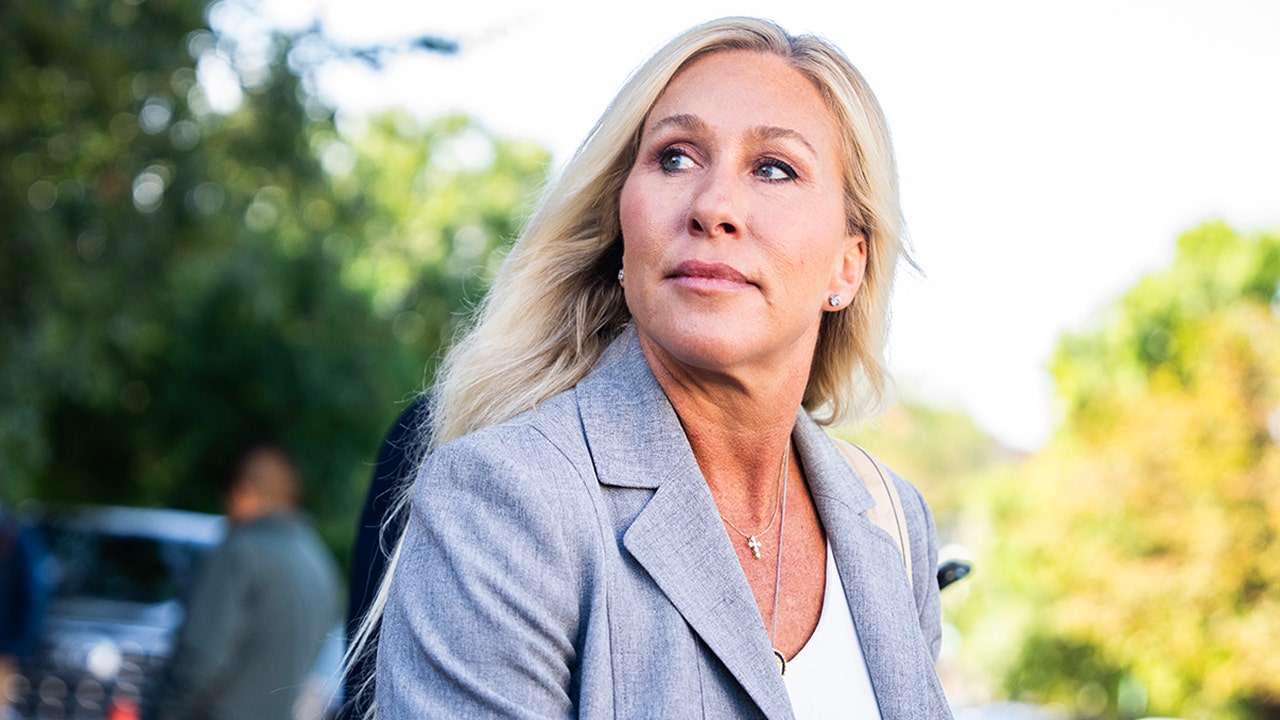

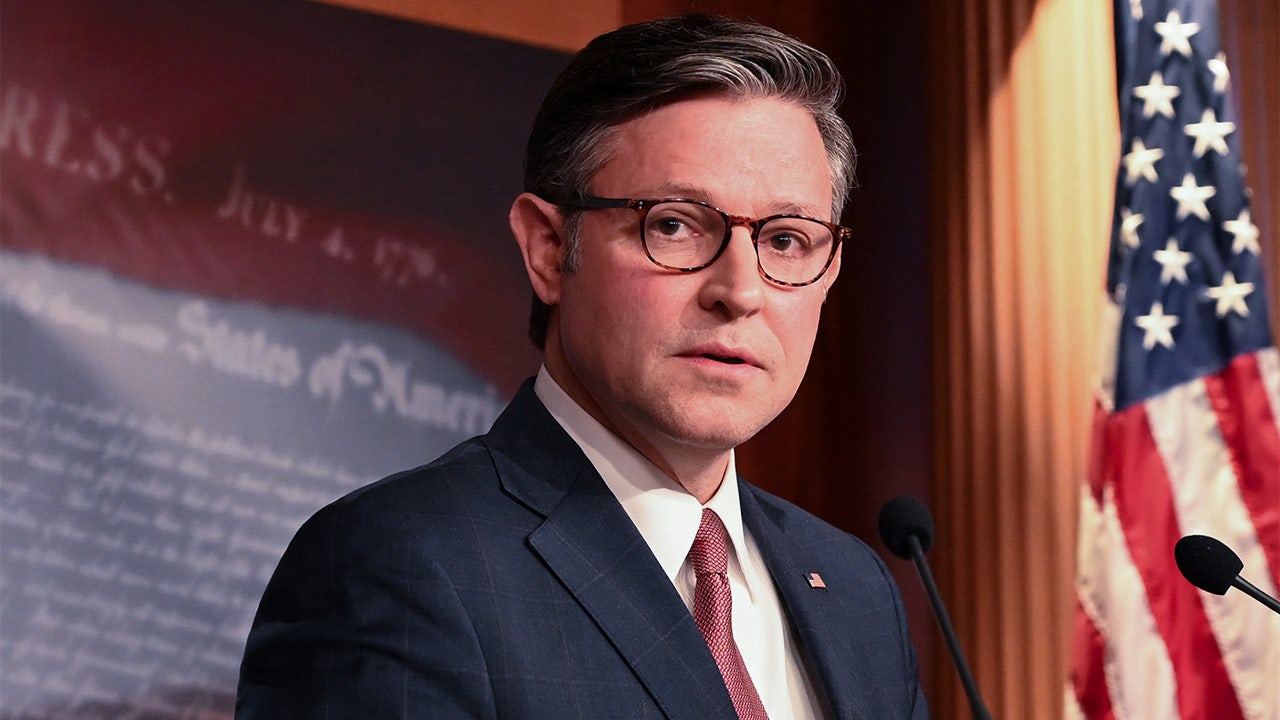


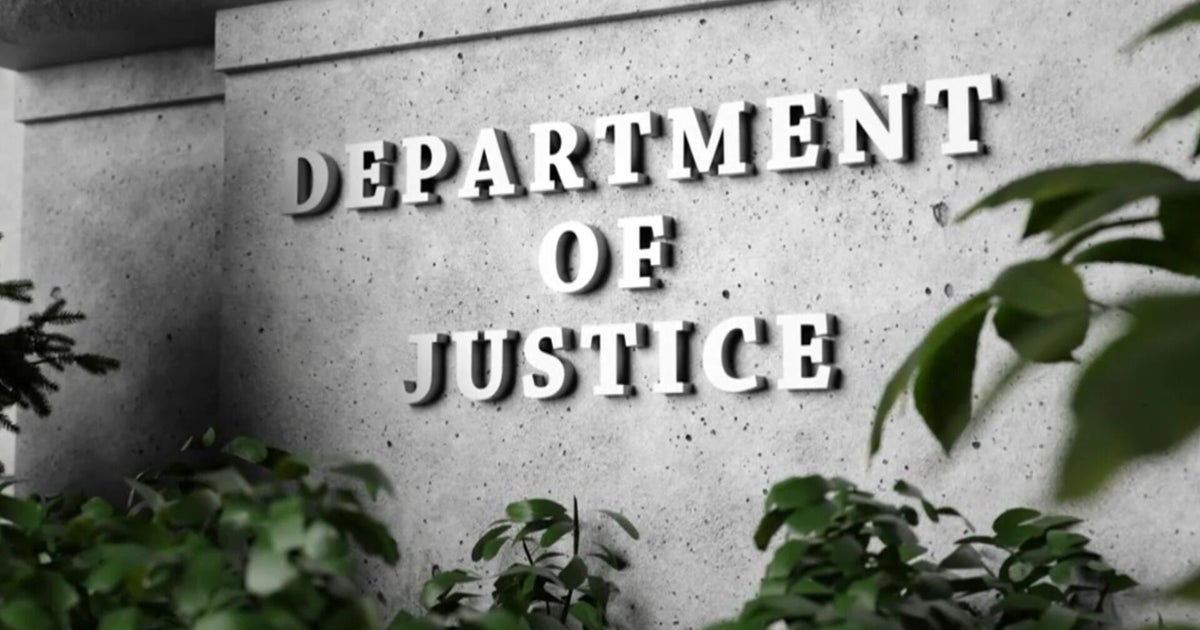



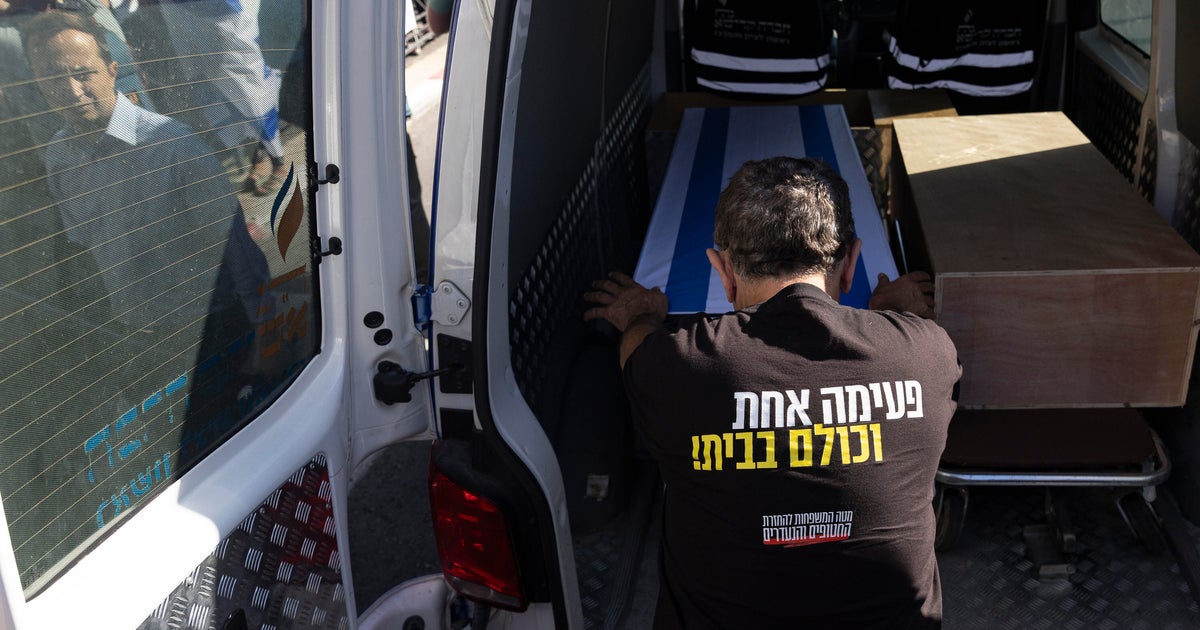
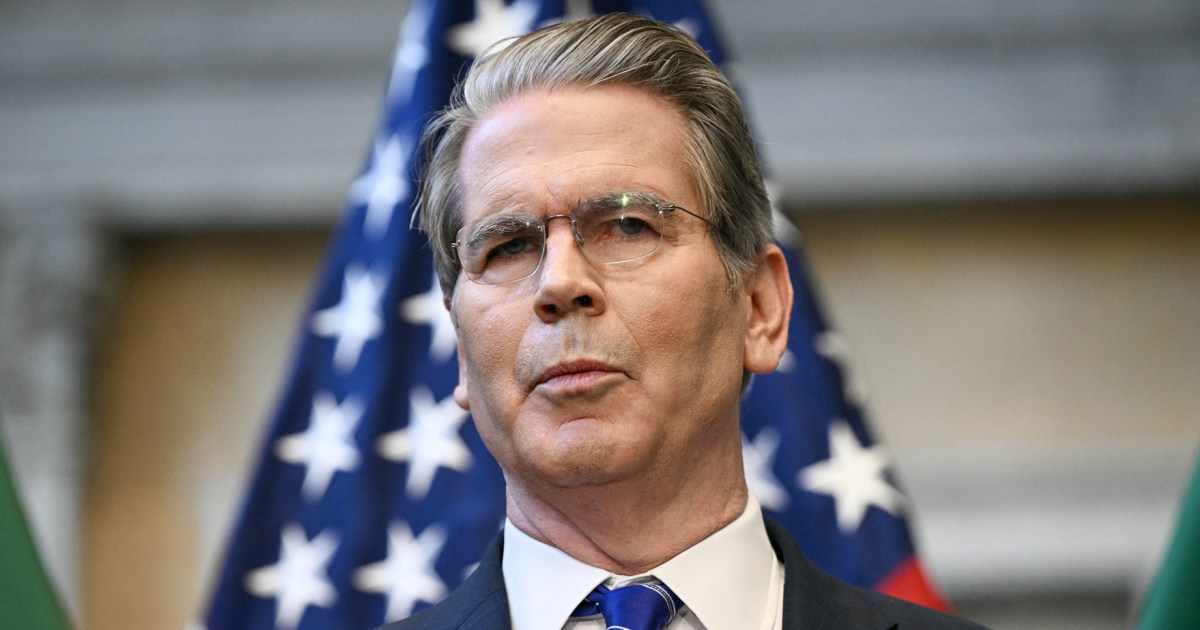




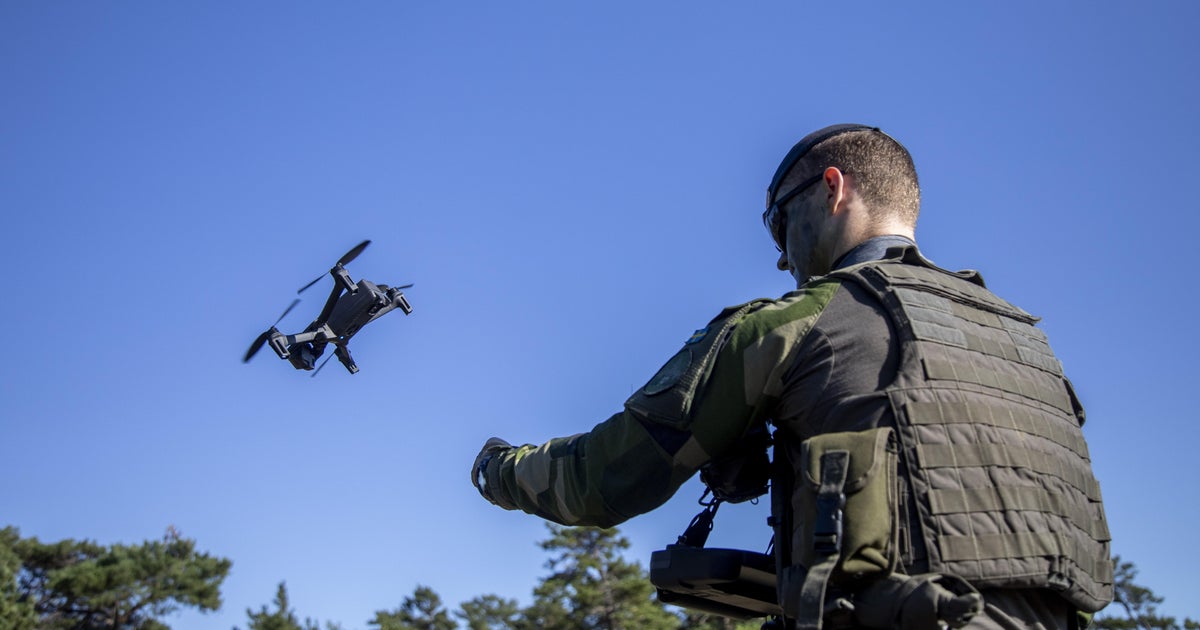





.jpeg)













 English (US) ·
English (US) ·